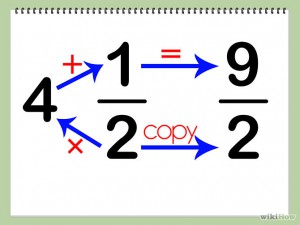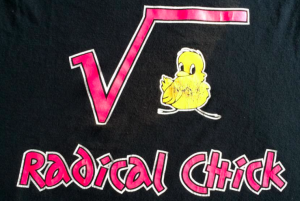TO INFINITY AND BEYOND!!!
This famous line from the beloved Disney Toy Story Movies became a common phrase for children in the mid 1990’s. But what are we really saying when we declare our desire to take off on this infinite voyage?
Spark your math thinking!
- Set up your math mini spark recording page: #44: Infinity
- Check out this TED Ed video on infinity. Record 5-10 details from the video on your recording page.
3. Knowledge can be infinite! Check out this link to expand your knowledge on this topic! Write about something you learned.
4. Share your math mini spark recording page with your teacher/EY coordinator.

 01001001
01001001 




 Learn how to make a really fun geometric toy—a Hexaflexagon! There are many types of flexagons. The names of flexagons tell the type of polygon and the number of faces.
Learn how to make a really fun geometric toy—a Hexaflexagon! There are many types of flexagons. The names of flexagons tell the type of polygon and the number of faces. 



